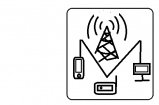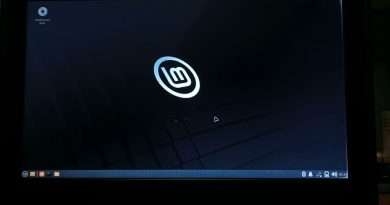What is a Group || Fundamentals of Red Hat Enterprise Linux
This course will provide you with a basic introduction to Linux® skills using Red Hat® Enterprise Linux 8. It will show you how a Linux system is organized, and will demonstrate introductory system administration tasks, which you will be able to practice on your own. You will be introduced to reasons why Linux and the open source development model are so important in today’s computing environment. Linux systems are used everywhere—the internet, point-of-sale systems, and the world’s stock markets. You’ll find Linux running smart TVs, in-flight entertainment systems, and most of the top supercomputers in the world. There are many reasons why it is valuable for you to learn Linux. If you are looking for new opportunities in IT, Linux skills are in high demand. For example, if you are developing applications, it’s likely your application or its runtime is hosted on Linux. If you’re working in the cloud, your cloud instances may be based on Linux, and your private or public cloud environment is also probably based on Linux. If you’re working with mobile applications or the Internet of Things, it is also likely that the operating system of your device is based on Linux. And, if you use Windows, you’ll need to interoperate with Linux. After completing this course, you will have a solid introduction to working with Linux from the command line, using Red Hat Enterprise Linux 8 as a model. In applying these skills, you will be able to perform fundamental operational tasks, whether your Linux machine is on your desk or on a remote system across the Internet.
Views : 7
linux




